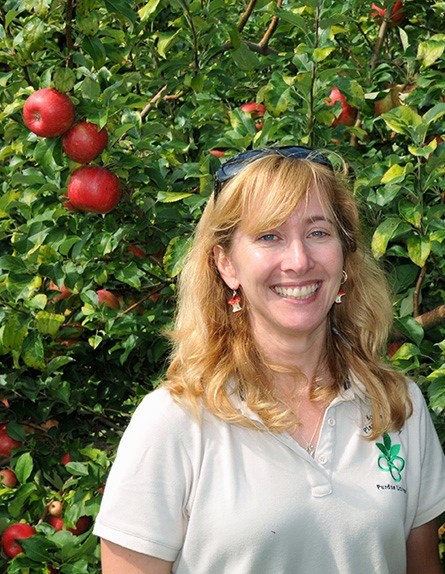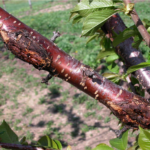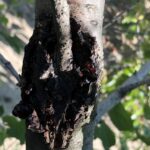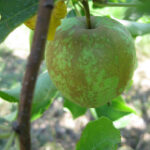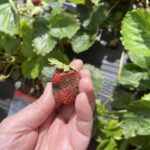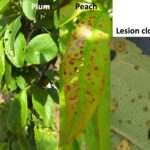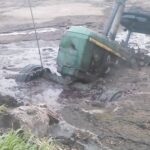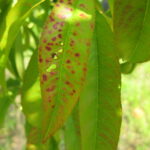As we continue to walk on really expensive eggshells in 2023, it’s important to recognize that fungicide availability along with the effectiveness of available fungicides (and their price) will impact orchard, vineyard and berry patch management 2023. For all growers, the number 1 problem continues to be fungicide resistance in a diversity of fruit crops.[Read More…]
The Tools: Hand lens-10x or 15x -To correctly use a hand lens, place the lens directly in front of your eye and bring the sample you are examining towards the lens until the object comes into focus. Knife – good for cutting into stems or root tissue. Pruning shears- for taking samples – disinfest blades[Read More…]
Another warning for severe brown rot of stone fruits (apricot, cherry, nectarine, peach, plum) (Fig. 1). Warm, wet, humid weather at harvest is particularly favorable for this fungal disease. Also, as fruit softens during the ripening process, it becomes much more susceptible to brown rot. Carefully picking and handling fruit to avoid injuries prevents infection[Read More…]
Crop loss in 2020 and 2021 led many growers to greatly reducing their fungicide applications, or use just captan or mancozeb, which, although effective against scab, are not effective against powdery mildew. Coupled with our unusually dry weather, this has led to a build-up of powdery mildew (PM) inoculum, and continued management issues surrounding this[Read More…]
Wet weather throughout the Midwest has resulted in explosive anthracnose outbreaks in Indiana, Illinois, Kentucky and Ohio. Although it is too late to save the fruit crop, actions can be taken to protect daughter-plant establishment and to develop a plan for future disease management. Anthracnose is one of the most devastating diseases impacting strawberry production[Read More…]
Wet weather has led to an uptick in shot hole disease, caused by the bacterium Xanthomonas arboricola pv. pruni (XAP). We started to see a significant uptick in shot hole on peaches, cherry and plum already. Leaves and fruit susceptibility to XAP infection decreases after pit hardening. Keep in mind that any change to warm,[Read More…]
Indiana seems to experience the entirety of US weather, sometimes in the same day. The recent spate of cool, wet weather has left apple scab one happy fungus (Fig. 1). Most of the state just underwent an extreme scab period, and unfortunately, few of us could do anything about it because of the combination of[Read More…]
Fire blight, caused by the bacterium Erwinia amylovora, is a devastating disease of apples and pears. Epidemics of the disease develop quickly, particularly in a climate of warm, wet weather like this weekend! The type of management program developed by each orchard will vary considerably based upon a variety of orchard factors, including apple variety,[Read More…]
The only thing predictable about Indiana weather is that it will certainly be unpredictable! The past few weeks of cool weather and intermittent freezes has slowed some things down. Unfortunately, scab isn’t one of those things. Failure to control early season scab infections increases the risk of economic losses. When managing scab, it is important[Read More…]
Purdue recently joined and became one of twenty US states that are in the NEWA network. NEWA is a partnership of land grant universities and grower associations. If you live in one of the states listed, you can buy a weather station for your farm and connect to NEWA. For Indiana growers, this means your membership is[Read More…]
